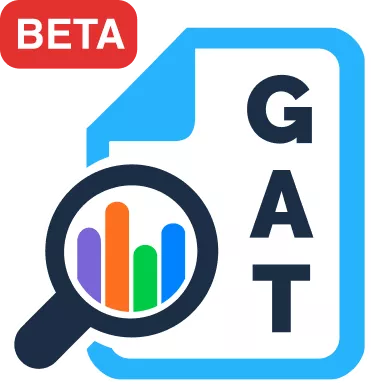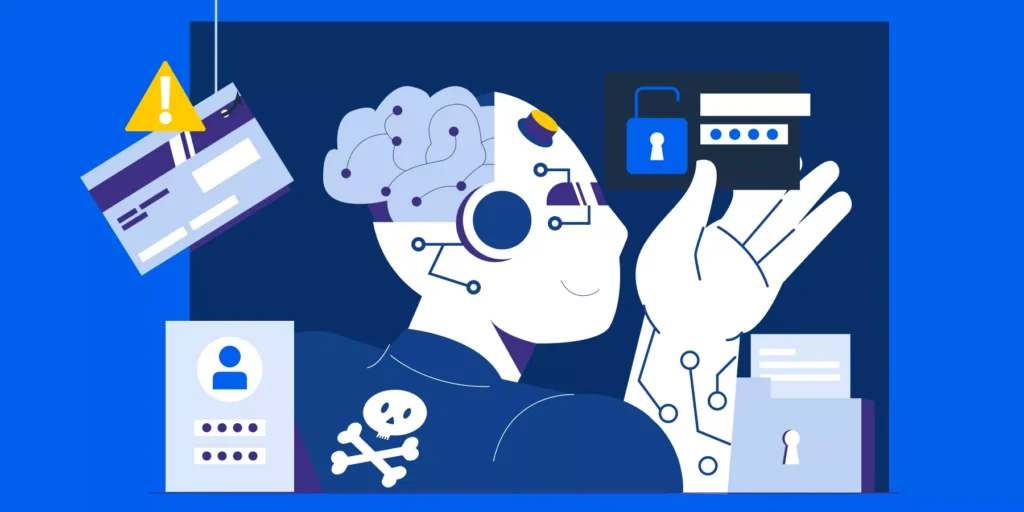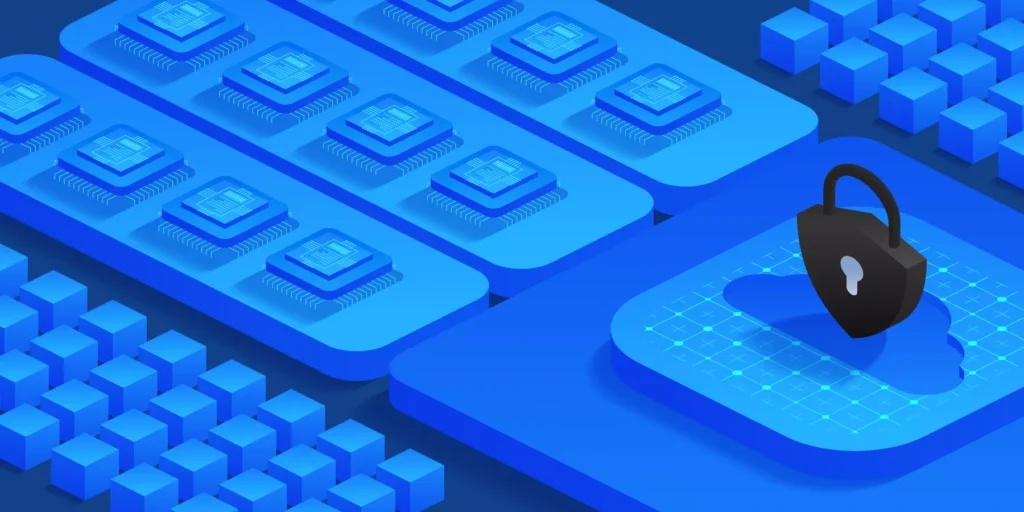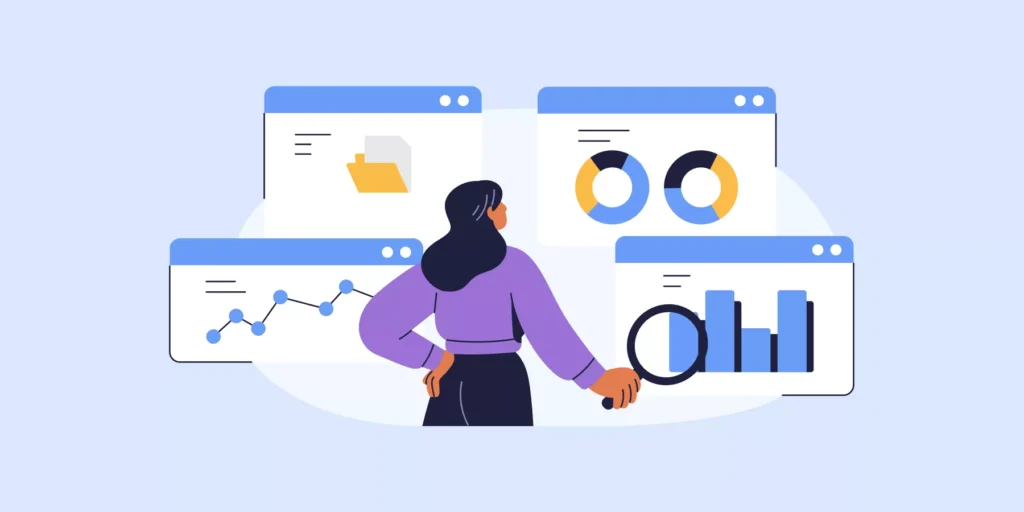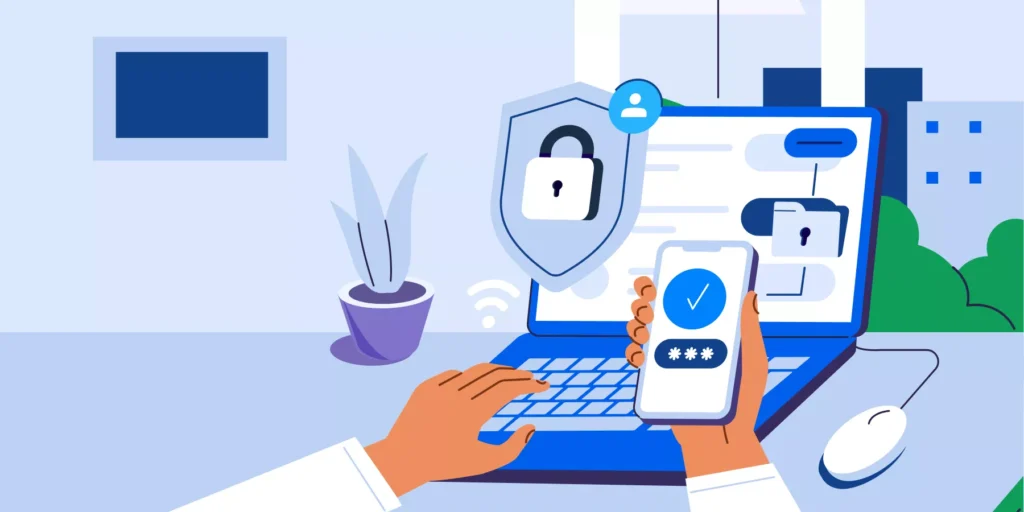Now that we’ve discussed how to automate Google Workspace user onboarding using pre-configured workflows and action sets, let’s explore some of the basic actions you can add to your onboarding workflows to make them complete.
Note: These actions vary based on things like organization type, and/or the department or team the new user is joining, etc.
The Admin’s Google Workspace User Onboarding Checklist
1. Email Onboarding Tasks
Welcome email: A welcome email is a great way to kickstart the onboarding experience for new joiners. It’s one of those simple gestures that go a long way.
Email Delegation: Delegating email accounts can be particularly important when onboarding new Support or Sales staff so they can instantly monitor and reply to incoming questions.
Email Signatures: Set up customized email signatures for new users based on their department, team, or role. This will make them feel like they’re officially part of the team now.
2. Drive Onboarding Tasks
Add New user to Team Drive(s): Give new joiners access to shared team Drives(s), files, templates, and resources from day one.
This may also include other organization-wide resources like company culture guidelines, employee handbooks, etc.
Copy Drive files and folders to the new user: Do you need to copy any specific files or folders to new users for particular roles or teams? — Make sure you factor those in your user onboarding workflows.
Grant/ Restrict Drive folder permissions: What about the file/folder permissions they need? — This is important to ensure data protection and DLP while reducing the number of access requests you receive.
SEE: The Admin’s Google Drive Management Playbook (2022)
3. Identity Access Management
Identity and access management is one of the most important areas you’ll want your Google Workspace user onboarding workflow to cover, especially in the era of remote and hybrid work.
Passwords: Passwords provide the first-line defense against unauthorized access and/or cyber-attacks. As a Google Admin, make sure to encourage your new users to maintain a strong password.
Two Factor Authentication (2FA): With password breaches becoming increasingly common, ensure 2FA is enabled at least for users who have access to private or sensitive docs or are more likely to be targeted by cyberattacks.
Note: If your user group has 2FA turned on, and your new employee hasn’t gotten 2FA enabled, then they won’t be able to access their accounts.
4. Google Calendar Onboarding Tasks
Add users to relevant Calendars: This is important for new employees to be able to jump into Calendar events as recurrent team huddles or training sessions right away.
Transfer Calendar events: Is the new user replacing an employee who left your company? Perhaps you need to transfer the previous employees’ Calendar events onto them.
Remember, visibility is key for team collaboration.
5. Google Groups Onboarding Tasks
Add new employees to relevant Google Groups, whereby permissions are tied to the group rather than its individual members.
This means that when a new user is added to a group they’ll automatically be able to view all the files, emails, calendars, etc. that the group has.
7. Copy Google Contacts
Contacts are essential for new users to start communicating efficiently with internal and external parties.
That’s why it’s important that your onboarding workflow covers copying important contacts to new users.
8. Mobile Device Management (MDM)
The greatest benefit of Mobile Device Management (MDM) is the control it gives Google Admins over the laptops, phones, and tablets their users use.
MDM enables IT admins to securely monitor and manage these mobile devices that access sensitive business data.
As a Google Admin, make sure all the company devices (ChromeOS Devices) are allocated to each user. So you can manage and secure them remotely.
9. Onboard Users to the Right Organizational Unit (OU)
Add new users to the correct OU within your Google Workspace domain. This is crucial to ensure they’re set up in the correct place in your domain and have the right settings deployed.
10. Grant Google Meet/Chat Access
Give new users access to Google Chat and Meet so they can start being productive and communicate more easily with others.
Alternatively, you may choose to block access to Google Chat or Meet for certain new users.
This is a common use case for school domains.
Google Classroom Onboarding (Google for Education Domains)
This one is common in education environments where admins may need to add new teachers or students to assigned Google Classrooms during the onboarding process.
Well, that’s it with our Google Workspace User Onboarding Checklist.
So which task do you struggle with the most, Onboarding, Offboarding, or modifying Google Workspace users? — Drop us a message here and we’ll blog more about it.
Insights That Matter. In Your Inbox.
Join our newsletter for practical tips on managing, securing, and getting the most out of Google Workspace, designed with Admins and IT teams in mind.

